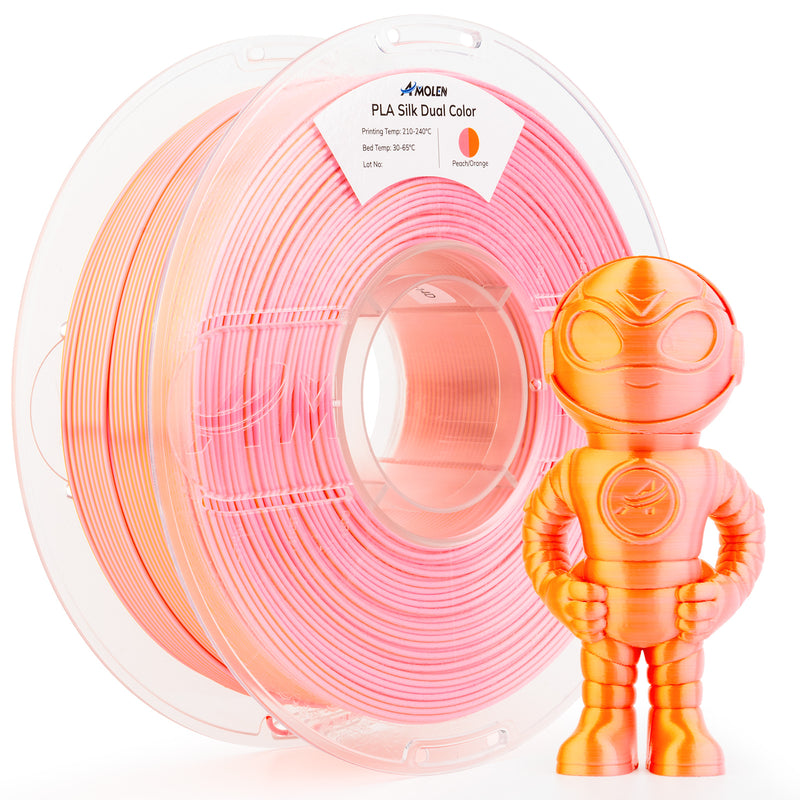Unlock the Secrets to Finding the Perfect 3D Printer Filaments Online!
In the exciting world of 3D printing, the filament you choose can make or break your project. With a plethora of options available, from PLA to ABS and beyond, selecting the right filament is crucial for achieving the desired results in your prints. Each type of filament has unique properties that can influence everything from strength and flexibility to color and finish. As someone who has dabbled in 3D printing, I can attest to the significant impact that filament selection has on the final product. This guide aims to help you navigate the vast online marketplace to find and purchase the perfect 3D printer filaments that suit your needs.

Understanding 3D Printer Filaments
3D printer filaments are the materials used in the 3D printing process to create objects layer by layer. The most common types include PLA (Polylactic Acid), ABS (Acrylonitrile Butadiene Styrene), PETG (Polyethylene Terephthalate Glycol), and TPU (Thermoplastic Polyurethane). Each filament type has its own set of properties; for instance, PLA is known for its ease of use and biodegradability, making it a favorite among beginners. On the other hand, ABS offers higher durability and heat resistance, making it suitable for more demanding applications. Understanding these differences is essential because the choice of filament will directly affect the outcome of your projects, including factors like strength, appearance, and printability.
Factors to Consider When Buying Filaments Online
When purchasing filaments online, several factors should guide your decision-making process. Firstly, material compatibility is paramount; ensure that the filament you choose is compatible with your specific 3D printer model. Next, consider the color options available, as this can significantly impact the aesthetics of your finished project. Filament diameter is another critical factor—most 3D printers use either 1.75mm or 2.85mm filaments, so be sure to check your printer’s specifications. Lastly, think about environmental considerations; some filaments are more eco-friendly than others, and opting for biodegradable materials can contribute to a more sustainable printing practice. I remember my friend’s first experience with 3D printing; he neglected to check the filament diameter and ended up with a frustrating jam in his printer. A little research can save you from such headaches!
Where to Find Quality 3D Printer Filaments Online
The internet is brimming with platforms offering a wide selection of 3D printer filaments. Major online marketplaces and specialized 3D printing websites are excellent places to start your search. When browsing, pay close attention to customer reviews and ratings, as these can provide valuable insights about filament quality and performance. Additionally, look for sellers that offer detailed product specifications, including material properties and recommended printing settings. A friend of mine swears by a particular online community marketplace where users share their experiences and recommendations for suppliers, which has helped him find some of the best filaments available. This community-driven approach can lead you to hidden gems that may not be widely advertised.
Tips for Making the Right Purchase
When it comes to making a purchase, a systematic approach can enhance your experience. Start by comparing different filaments across various platforms, noting the specifications and user feedback for each. It’s also wise to check shipping options and delivery times to ensure you receive your filaments when you need them. If you're unsure about a specific product, look for sample packs or smaller spools to test before committing to a larger purchase. Lastly, consider reaching out to the seller with any questions; a responsive seller often indicates good customer service. I recall a time when my friend decided to message a seller about their filament’s compatibility with his printer. The quick, informative response not only helped him make an informed choice but also gave him confidence in the product's quality.
Final Thoughts on Choosing 3D Printer Filaments
Choosing the right 3D printer filaments online is a critical step in ensuring the success of your 3D printing projects. By understanding the different types of filaments available, considering key factors before purchasing, exploring reliable online sources, and following practical tips for making informed choices, you can significantly enhance your 3D printing experience. Armed with this knowledge, you are better equipped to find filaments that meet your specific needs, resulting in high-quality prints that reflect your creativity and effort. Remember, the right filament can transform your ideas into tangible realities, so take your time and choose wisely!







